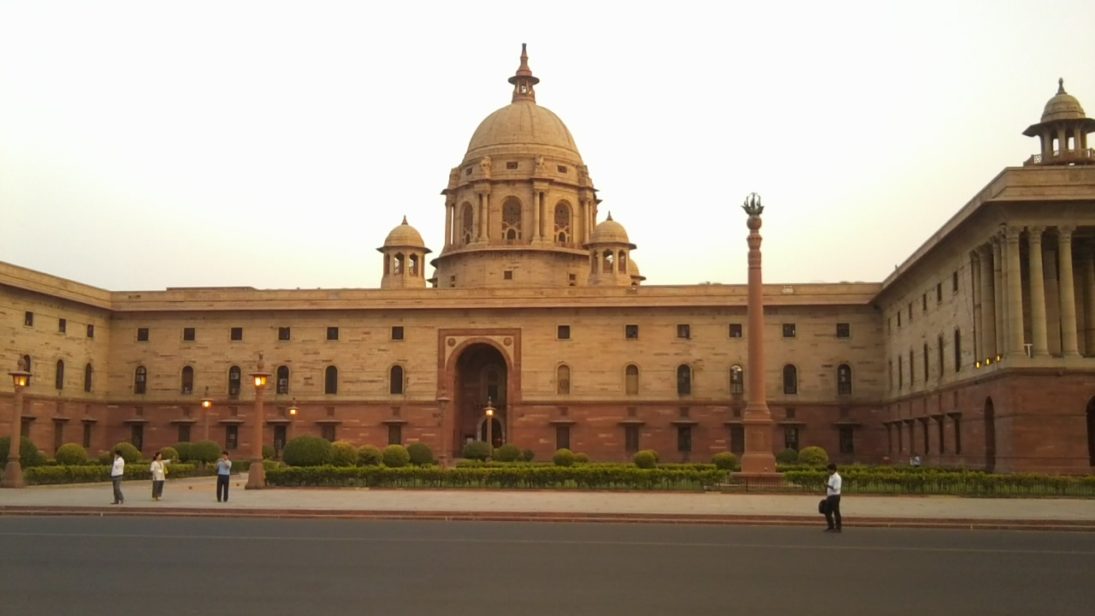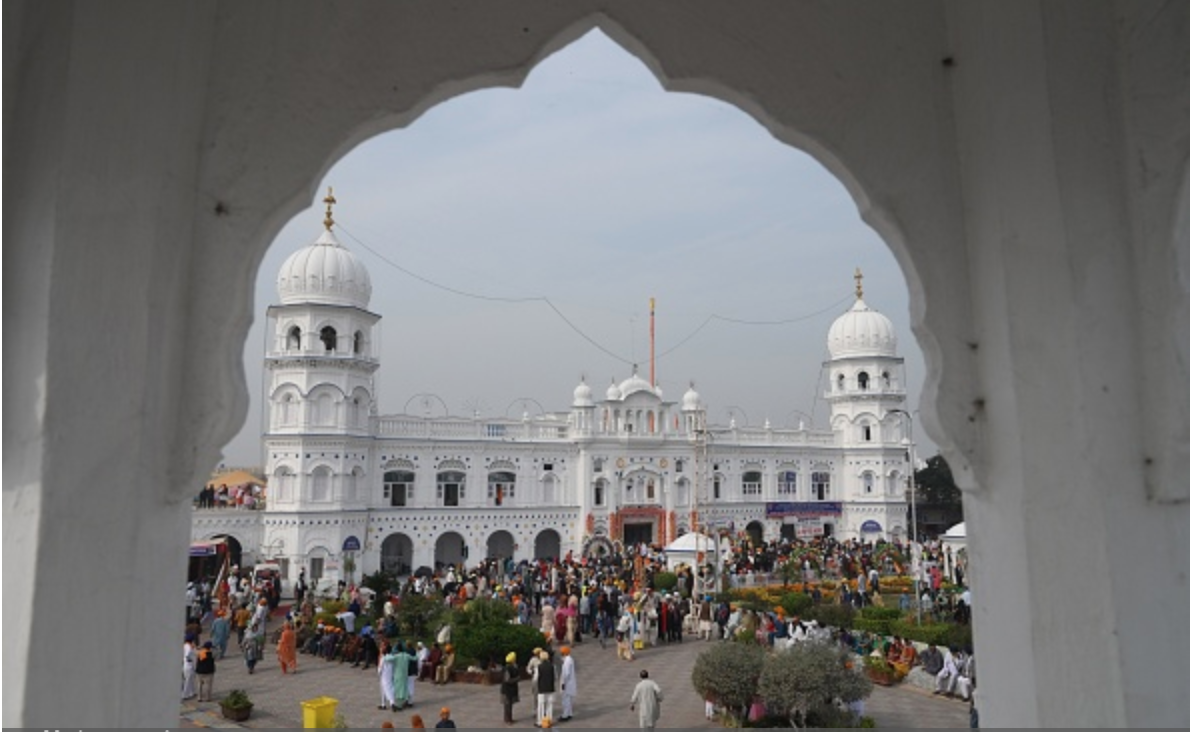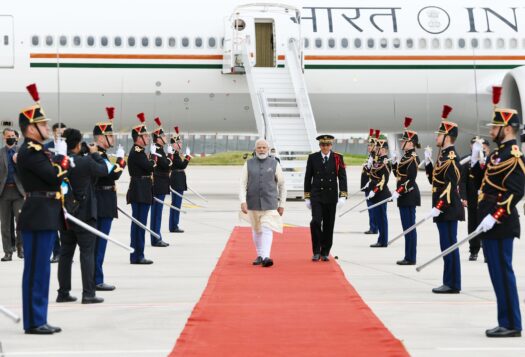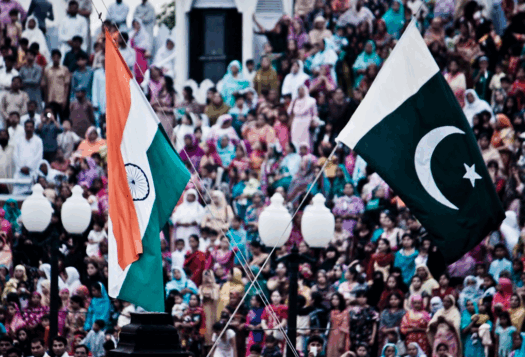
Speaking at an interview with Times Now, a popular Indian news channel, Prime Minister Narendra Modi hailed the enhanced strength and respect of the Indian passport as one of the many achievements of his government’s leadership. Yet, India’s consistently plummeting position in the Henley and Partners Passport Index, with the latest 2021 ranking placing it at the 84th position with only 54 points, suggests otherwise. The points indicate the number of countries a person possessing the passport can enter without a visa or are given visa on arrival.
Despite ranking high in the natural and cultural resources category in the WEF Travel and Tourism Competitiveness Report, India ranked poorly in the international openness category, bringing down its overall score. India has largely failed to leverage its rich potential in emerging as an international tourist hub as it attracts less than one percent of foreign travelers every year. This indicates that despite significant steps taken towards liberalizing India’s visa policy in recent years, it remains conservative.
The need for further liberalization becomes clearer if one looks at how the visa serves as an important tool in the diplomatic arsenal of a country. Visa outreach efforts are a part of a country’s public diplomacy program and are a means through which it can favorably shape public perceptions to improve its global image. As countries are slowly re-emerging from the pandemic and attempting to make sense of what border controls, travel, migration, immigration may look like in a post-COVID-19 world, the diplomatic value of visas will only increase. The pandemic presents an opportunity to rethink regionalization as a viable strategy for integrating South Asia. Given India’s dominant size, human resources, aspirations for a global role, India must take the lead in fostering regional cooperation to achieve this. New visa rules in place since October 2020—which reverse most of the pandemic-induced travel restrictions for all foreign nationals—and Prime Minister Narendra Modi’s proposed special visa scheme for doctors and nurses from SAARC nations indicate that India is taking steps in the right direction. For India to pursue deeper regional engagement, it must revise existing visa policies to help promote the licit flow of people and goods.
A Hindrance to Closer Regional Integration
For India to pursue deeper regional engagement, it must revise existing visa policies to help promote the licit flow of people and goods.
An integrated South Asia promoting inter-regional travel and business—including among tourism-based economies such as Bhutan, Maldives, Nepal and Sri Lanka—can help boost regional economies. Despite deep cultural synergies, shared historical experiences, common developmental challenges, South Asia remains one of the least integrated regions in the world. Given the challenges involved in pursuing regional integration through SAARC, a viable alternative to foster cooperation and pursue integration is to promote people-to-people engagement and diplomacy. The easiest device to achieve this is by easing the visa regulations that govern intra-regional travel.
Given the historical trust deficit among South Asian countries—remnants of violent post-colonial nation-building—there are recognizable limits to the government’s ability to permit the flow of people. Yet in the era of globalization, which has witnessed a surge in international immigration, border management should be seen as controlling and not preventing the flow of people and goods. India’s own experience of violent wars with neighboring Pakistan and China, soon after independence, prompted the national elite to prioritize protecting India’s borders from traditional security threats over considerations of boosting regional connectivity. India’s victory in the 1971 war against Pakistan tilted balance of power equations in favor of India.
Feeling more secure in its neighborhood, India spent considerable energy easing border restrictions, promoting travel and migration—even declaring tourism an industry in 1982 and announcing its first official tourism policy. Subsequent reforms helped attract foreign tourists, and in 2003 a whopping 23.8 percent of foreign visitors to India were from the South Asian region. Yet when India launched its e-visa scheme in 2010—providing Tourist Visa on Arrival to nationals from five selected countries—no South Asian country made it to the list. Unsurprisingly, in 2013, the percentage of tourists from South Asia dipped to 16.9 percent. Amendments to the e-visa scheme under the Modi government in 2017 and in 2019 failed to offer substantial benefits over acquiring visa through the more “traditional route,” i.e. via Indian embassies.
Unfortunately, this traditional route is nothing short of a nightmare: an American author aptly compares the bureaucratic hassle of procuring an Indian visa with Franz Kafka’s protagonists’ elusive attempts to gain access to the inaccessible authorities in his novel “The Castle.” Despite digitization, bureaucratic meandering remains a lived reality for inter-regional travel and especially intra-regional travel given fluctuating relationships with border-sharing neighbors. This problem is compounded by inadequate information about visa requirements, currency and permit application procedures and lack of information centers from which foreign travelers can gather information.
A study conducted by an Indian think tank that developed an index to measure intra-regional tourism openness ranked India fifth amongst the South Asian countries in travel openness towards the region. India accounts for the largest share of South Asia’s travel and tourism GDP and it can substantially strengthen its economy by further liberalizing travel agreements with its neighbors.

Discriminatory Restrictions Towards Neighboring Countries
The path to liberalizations seems bleak given how directly increasingly fraught relations with neighbors impact India’s visa policy. In 2016, India rejected nearly 53 percent of visa applications from Pakistan, compared to just 17 percent the previous year. This is the same year gunmen attacked India’s Pathankot airbase—an attack Indian officials attributed to Pakistan-based Jaish-e-Mohammed—and bilateral relations witnessed a significant downturn. Visa services remained suspended for two years following the Pulwama terror attack in Jammu and Kashmir and India’s retaliatory airstrike in Pakistan’s Balakot. While India-Pakistan relations have their own logic of rivalry and hostility, these selectively restrictive policies adversely affect individual freedom of movement. Individuals feel this especially acutely since ties of common ancestry, marriage, and culture bind people from the two countries together. The additional hassle a foreign national whose passport has a Pakistani stamp has to go through to acquire an Indian visa only serves to deter potential travelers from visiting India.
While India-Pakistan relations have their own logic of rivalry and hostility, these selectively restrictive policies adversely affect individual freedom of movement
India’s discriminatory visa rules apply to other South Asian countries as well, albeit in different forms. Bangladesh’s foreign ministry officials allege “discrimination along religious lines” as the existing penalty structure for overstay requires Muslims to pay a penalty which is at least 200 times higher compared to the minorities, mainly Hindu. These regulations came into force in early 2019, just before the controversial Citizenship Amendment Act was passed, and targets only Bangladesh and the two other Muslim majority countries in the neighborhood, Pakistan and Afghanistan. India is still recovering from the regional and international fallout generated by the Act, and arbitrary revocation of a German and a Polish student’s visas because they participated in domestic protests will only hurt India’s democratic credentials abroad.
Conclusion
Denial or issuance of visa are entirely a country’s own prerogative, made with security and political considerations in mind. Visas are an important tool in foreign policy negotiations, but directly impact the lives of ordinary people to a disproportionate extent. Visa arbiters must be attuned to this to minimize the effects fluctuations in bilateral relations have on citizens. Given the bleak possibility of a Schengen type arrangement in South Asia, India must amend its visa policy towards its neighbors both to reap the economic benefits of integration and boost its regional and global image.
***
Image 1: Wikimedia Commons
Image 2: Arif Ali/AFP via Getty Images


